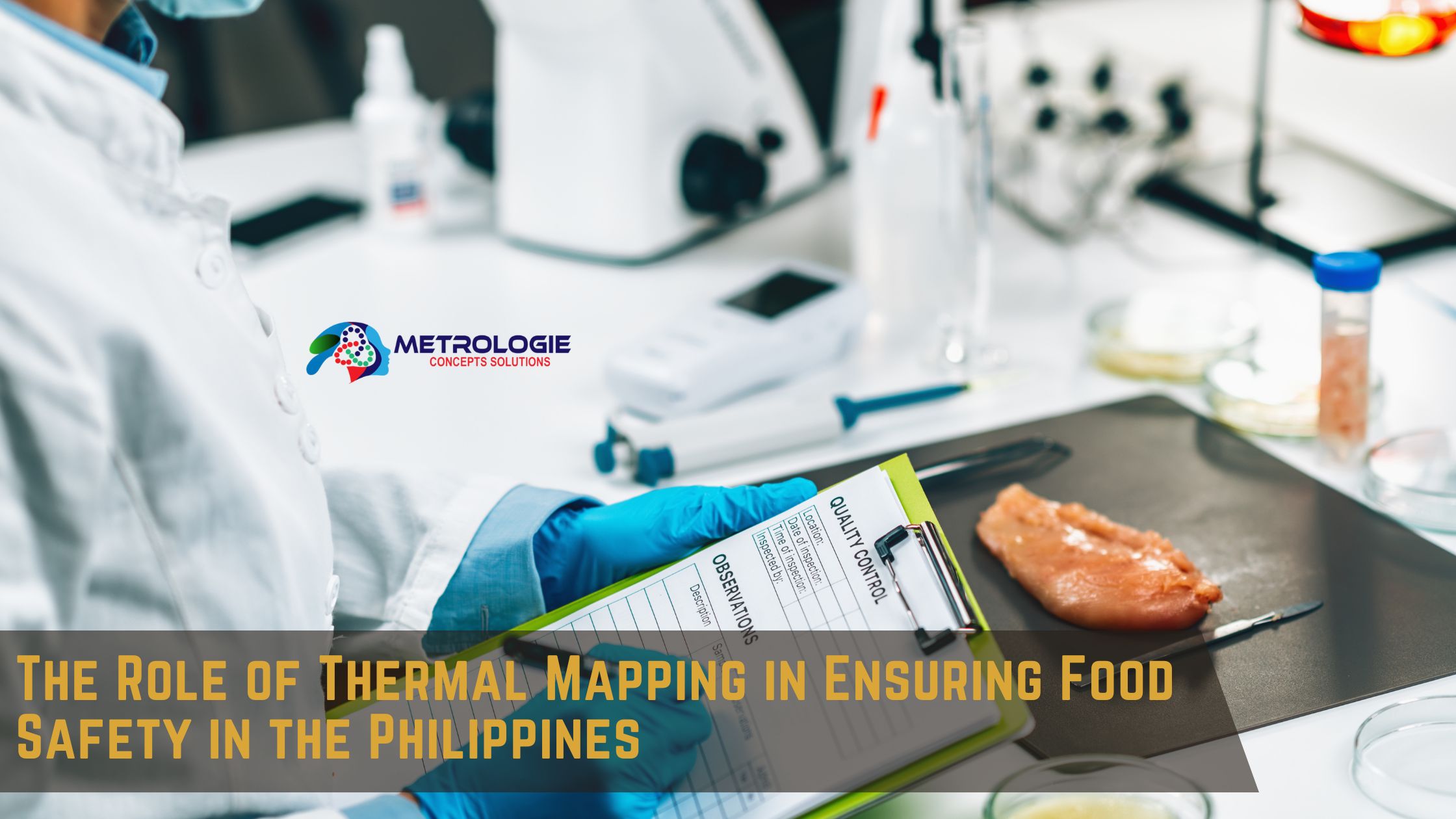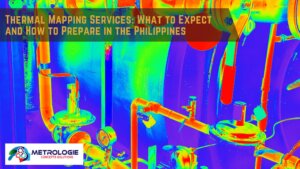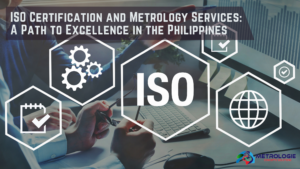Discover the crucial role of thermal mapping in maintaining food safety in the Philippines. Learn how this innovative technique safeguards food quality and protects consumers from health risks.
Introduction
In the dynamic landscape of food safety, ensuring the quality and integrity of food products is paramount. The Philippines, with its diverse agricultural sector and growing food industry, faces the challenge of maintaining high standards of food safety. This article delves into the pivotal role of thermal mapping in this context, exploring its significance, applications, and impact on safeguarding public health.
Understanding Thermal Mapping
Defining Thermal Mapping
Thermal mapping is a sophisticated technique used to monitor and analyze temperature variations within a defined space or environment. In the realm of food safety, it plays a crucial role in identifying temperature fluctuations in storage facilities, transportation vehicles, and processing areas. By mapping thermal patterns, stakeholders can pinpoint potential areas of concern and implement targeted interventions to mitigate risks.
Importance of Temperature Control
Preserving Food Quality
Maintaining optimal temperatures is essential for preserving the quality and safety of food products. Variations in temperature can accelerate bacterial growth, compromise product integrity, and increase the risk of foodborne illnesses. Thermal mapping allows stakeholders to ensure consistent temperature control throughout the food supply chain, minimizing the likelihood of contamination and spoilage.
Applications in Food Industry
Storage Facilities
Thermal mapping is extensively utilized in storage facilities, such as warehouses and cold storages, to monitor temperature levels and distribution. By conducting regular thermal mapping assessments, businesses can identify potential hotspots or cold zones within storage areas, enabling timely corrective actions to be taken.
Transportation Logistics
During transportation, maintaining the integrity of perishable goods is paramount. Thermal mapping of transportation vehicles, including trucks and containers, enables real-time monitoring of temperature conditions. This proactive approach ensures that food products remain within the specified temperature range during transit, minimizing the risk of spoilage.
Processing Environments
In food processing environments, precise temperature control is critical to ensuring product safety and quality. Thermal mapping helps identify areas where temperature deviations may occur, such as ovens, chillers, and freezers. By optimizing temperature management protocols, manufacturers can uphold stringent quality standards and regulatory compliance.
Benefits of Thermal Mapping
Enhanced Food Safety
By proactively monitoring temperature conditions, thermal mapping helps prevent the proliferation of harmful bacteria and pathogens in food products. This proactive approach reduces the risk of foodborne illnesses and strengthens consumer confidence in the safety and integrity of the food supply.
Regulatory Compliance
Adherence to regulatory standards and guidelines is imperative for food businesses operating in the Philippines. Thermal mapping facilitates compliance with temperature control requirements mandated by regulatory authorities, ensuring that food products meet stringent safety standards and specifications.
Cost Savings
Effective temperature management, facilitated by thermal mapping, can lead to significant cost savings for food businesses. By minimizing product losses due to spoilage or contamination, businesses can optimize their operational efficiency and mitigate financial risks associated with quality control issues.
Sustainability
In addition to safeguarding food safety, thermal mapping supports sustainability initiatives within the food industry. By reducing food waste and minimizing environmental impact, businesses contribute to a more sustainable and responsible food supply chain.
Challenges and Considerations
Technological Complexity
Implementing thermal mapping solutions requires specialized equipment and expertise, which may pose challenges for small-scale food businesses with limited resources. However, advancements in technology and increased accessibility to thermal mapping services are gradually addressing these barriers.
Data Interpretation
Analyzing thermal mapping data effectively requires a comprehensive understanding of temperature dynamics and regulatory requirements. Training and capacity-building initiatives can empower stakeholders to leverage thermal mapping insights for informed decision-making and risk management.
Continuous Monitoring
Ensuring continuous monitoring of temperature conditions across the food supply chain is essential for sustained effectiveness. Regular assessments, calibration checks, and maintenance routines are essential components of a robust thermal mapping program.
Integration with Quality Management Systems
Integrating thermal mapping data with existing quality management systems enhances traceability, transparency, and accountability within the food industry. Collaboration between stakeholders, including government agencies, industry associations, and technology providers, is key to driving this integration forward.
Conclusion
Thermal mapping plays a pivotal role in ensuring food safety and quality in the Philippines. By leveraging advanced technologies and proactive monitoring strategies, stakeholders can uphold stringent standards, mitigate risks, and safeguard public health. As the food industry continues to evolve, integrating thermal mapping into comprehensive quality management frameworks will be essential for fostering a culture of safety, innovation, and sustainability.
The Role of Thermal Mapping in Food Safety
Thermal mapping plays a crucial role in mitigating the challenges associated with ensuring food safety in the Philippines.
Monitoring Temperature Fluctuations
By continuously monitoring temperature fluctuations in storage facilities and transportation vehicles, thermal mapping helps identify deviations from safe temperature ranges, enabling timely interventions to prevent spoilage and contamination.
Identifying Hotspots
Thermal mapping identifies hotspots within storage areas where temperature variations are most significant, allowing for targeted adjustments to airflow, insulation, and refrigeration systems to ensure uniform temperature distribution.
Preventing Spoilage and Contamination
By providing real-time data on temperature conditions, thermal mapping helps prevent spoilage and contamination of food products, reducing food waste and enhancing food safety standards.
Implementing Thermal Mapping Systems
Implementing thermal mapping systems involves deploying temperature monitoring devices and integrating them with existing infrastructure.
Technologies Used
Various technologies, such as data loggers, wireless sensors, and thermal imaging cameras, are used for thermal mapping, each offering unique capabilities for monitoring temperature conditions.
Integration with Existing Infrastructure
Thermal mapping systems can be integrated with existing refrigeration and cold storage infrastructure, enabling automated temperature monitoring and remote data access for real-time monitoring and analysis.
Training and Education
Training and educating food handlers and producers on the importance of thermal mapping and proper temperature management practices are essential for successful implementation and compliance with food safety regulations.
Regulatory Standards and Compliance
Regulatory standards play a crucial role in ensuring compliance with food safety requirements.
Government Regulations
The Philippine government has established regulations and guidelines governing food safety, including temperature control measures, to protect public health and ensure the quality of food products.
International Standards
Adhering to international food safety standards is essential for Philippine food producers and exporters to access global markets and maintain competitiveness in the global food industry.
FAQs
What is thermal mapping? Thermal mapping is a technique used to monitor temperature variations within a defined space or environment, such as storage facilities or transportation vehicles. By analyzing thermal patterns, stakeholders can identify potential areas of concern and implement corrective actions to maintain temperature integrity.
How does thermal mapping contribute to food safety? Thermal mapping helps prevent the proliferation of harmful bacteria and pathogens in food products by ensuring consistent temperature control throughout the supply chain. By minimizing temperature fluctuations, thermal mapping reduces the risk of contamination and spoilage, enhancing food safety.
What are the challenges associated with thermal mapping? Implementing thermal mapping solutions may pose challenges related to technological complexity, data interpretation, and continuous monitoring. However, advancements in technology and increased accessibility to thermal mapping services are addressing these barriers, enabling stakeholders to effectively manage risks and uphold food safety standards.
How does thermal mapping support regulatory compliance? Thermal mapping facilitates compliance with temperature control requirements mandated by regulatory authorities, ensuring that food products meet stringent safety standards and specifications. By monitoring temperature conditions proactively, businesses can demonstrate adherence to regulatory guidelines and industry best practices.
What are the benefits of thermal mapping for food businesses? Thermal mapping offers several benefits for food businesses, including enhanced food safety, regulatory compliance, cost savings, and sustainability. By optimizing temperature management protocols and minimizing product losses, businesses can improve operational efficiency and consumer trust.
How can thermal mapping be integrated into quality management systems? Integrating thermal mapping data with existing quality management systems enhances traceability, transparency, and accountability within the food industry. By incorporating thermal mapping insights into decision-making processes and risk management strategies, businesses can strengthen their overall quality assurance practices.




